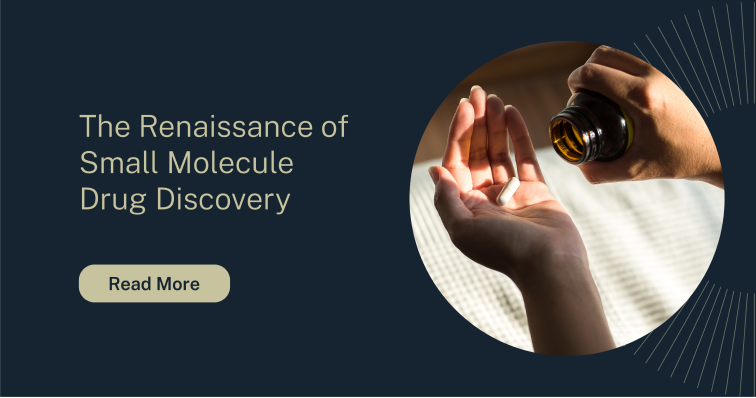Despite the extensive progress toward finding cells hiding in our bodies known to influence disease, we only have medicines that act on a fraction of these targets. The evasive targets are often referred to as 'undruggable.'
Uncovering Evasive Targets
Still, research efforts to 'drug the undruggable' are wide-ranging and gaining momentum. Work is being done in small molecule drug discovery to:
open undruggable tumor targets using targeted protein degradation, such as with proteolysis-targeting chimera (PROTAC) or molecular glues
uncover hidden allosteric sites on disease-related proteins using combined computational and experimental approaches
expand covalent drug discovery beyond ligand-first approaches into electrophile-first approaches through use of robust chemoproteomic workflows
apply advanced NMR techniques to help in the structure-based design of drugs targeting small guanosine triphosphates (GTPases)
discover previously undetectable binding hot spots by using fragment-based computational and experimental methodologies
explore drug repurposing possibilities, such as the use of statins for inhibition of cancer proliferation
This push to expand the reach of small molecule drugs is fueled by many factors, both scientific and financial.
From a scientific standpoint, improved screening technologies mean new possibilities. Better target-site understanding has led to new disease targets. Improved computational chemistry techniques have opened more chemical space. And, perhaps most importantly, increased collaboration between biology and chemistry groups has helped teams work together to break boundaries.
From a financial standpoint, small molecule drug development remains relatively simple compared to the process of developing large-molecule biologics. With that simplicity comes cost efficiency that trickles down to the market, giving small molecule drugs both lower cost profiles and better patient accessibility.
But the endeavor to drug the undruggable is not without its obstacles. Companies still face a myriad of challenges. For example:
Failure rates remain high. Every 10,000 hits synthesized and tested generate only 250 candidates. Of those candidates, around five to ten make it to trials.
Process inefficiencies abound. Fragmented workflows and disconnected systems make it difficult to work efficiently and collaborate.
Data liquidity remains low. Researchers and executives alike struggle to collect, find, and use their data to drive better decisions. By some estimates, up to 80% of R&D data are stuck in different systems and in different formats. As a result, as much as 60% to 80% of a data scientist’s time is spent cleaning and prepping data for use.
Dotmatics can help companies overcome these challenges by providing an end-to-end scientific R&D platform that connects best-of-breed applications that enable automation, analysis, and cross-discipline collaboration. We have wrapped the tools and solutions most needed for small molecule drug discovery into the Dotmatics Small Molecule Drug Discovery Workflow.
Dotmatics' Small Molecule Drug Discovery Workflow:
supports cross-discipline discovery from hit and lead identification, through lead optimization, to candidate selection,
provides fully integrated laboratory informatics software to capture experiments, molecules, samples, and assays, and
supports better decision making with tools for gathering, analyzing, and visualizing project data.
On-Demand Webinar: Reduce Risk, Cost and Time in the New Era of Small Molecule Drug Discovery
To learn more about the ways Dotmatics can help companies in their endeavor to drug the undruggable, watch the on-demand webinar, Reduce Risk, Cost and Time in the New Era of Small Molecule Drug Discovery.



